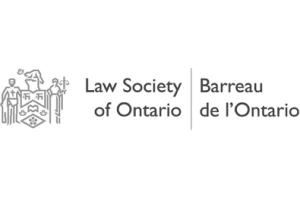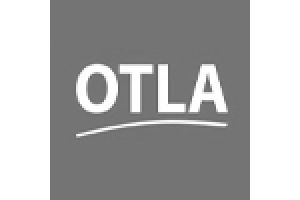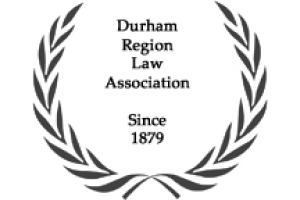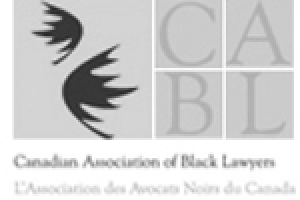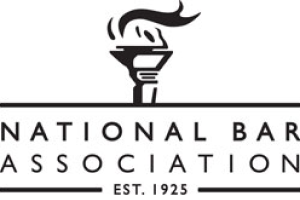Halliburton Company

Halliburton has publicly blamed its purchase of Dresser Industries Inc., in 1998, for the subsequent bankruptcy of the company, however Halliburton’s longstanding use of asbestos would have resulted in enough personal injury claims to derail the company regardless of the Dresser folly.
Halliburton is a company associated with the oil and gas business starting out as a subsidiary of the Humble Oil Company. The company was initially called the Halliburton Oil Well Cementing Company. From the beginning drilling deep into the ground was a difficult business. Drilling through rock required diamond drill bits and lubrication. The lubricating fluid also had to transport the drilled material to the surface to vacate the shaft.
Halliburton’s initial role in the process was to line the well with concrete to maintain the integrity of the shaft as the hole was being bored. In time the company purchased other sectors in the oil business to expand their role in sinking oil and natural gas wells. Company founder Erle Halliburton sent his brothers to set up shop in Alberta to get in on Canada’s oil and gas business in 1926. During the 1930s they worked to perfect the concrete mix used in the oil and gas business and became the industry leader including building off shore oil platforms.
In the early days the drilling process was all about brute strength when liquids and bags of raw asbestos were simply dumped around the drill bit. Eventually it developed into a skilled trade and mud engineers developed formulae to address issues such as sparks, drill damage and drilling speed.
Various drill bit lubricants were tried. What was found to work the best was a base of bentonite clay mixed with other materials, one of which was raw asbestos. This was mixed into a slurry with high viscosity.
Baroid Technology Inc.
Before WWII a single company, Baroid Technology, had an 85% share of the business to supply a product that companies, wanting to drill for any kind of material simply called drilling mud. Drilling mud was initially a simple pre-mixed product made with water, clay, asbestos and other chemicals to bond the materials together. Other materials were later added to encourage debris from the drilling shaft to be carried out of the shaft with the mud.
Baroid formally moved into the Canadian market in 1954. Baroid eventually became a Halliburton company as a result of the Dresser Industries Purchase in 1998.
IMCO
Halliburton purchased IMC Drilling Mud, Inc. in 1972. The company was commonly called IMCO and the company registered IMCO as a ™ in Canada in 1969. When IMCO registered their trademark, the stated product line of the company was “Chemical clays and minerals used in well drilling, well packing, well treating, well workover and petroleum production and materials used in drilling fluids for controlling lost circulation.” IMCO had been supplying drilling mud to the Alberta oil and gas fields long before Baroid moved into the Canadian market.
As a shaft was being drilled, the asbestos containing fluid would carry the debris to the surface. When the fluid reached the surface, it was released into the environment with no containment efforts as no one working with the fluid was aware that high quantities of asbestos were incorporated into the material or that asbestos was hazardous to health.
Drilling mud was big business with the fluid being sold by the barrel. Historically in the oil and gas business alone over 100 wells a day were drilled in Alberta and 200 per day in Texas. Halliburton made a fortune and at its peak the company employed over 110,000 people. Shareholders of the company watched their stock value climb, hitting a high of $10.51 in November of 1980.
After many years of prosperity and ever-increasing oil production, an oil glut in 1985 caused the price of crude to lose 70% of its value in less than six months. Halliburton had not foreseen this eventuality and lost $515 million in 1986. Over 50,000 employees lost their jobs over the next few years. Those employees that remained tried to save the corporation by selling off unprofitable divisions and streamlining operations. The company limped along in this fashion for over a decade.
It was undisputable that the company needed to expand globally. They needed government and large corporate contacts. In a rash move, Dick Cherney, a career politician with no business experience, was hired to be the chairman in 1995. It was believed that his political contacts in governments around the world would help Halliburton obtain contracts to build power plants and drill oil wells. Instead of focusing on global sales and leave running the company to those with some experience, Dick Cherney quickly fired longtime chairman Tommy Knight. He then appointed executive officers with even less experience that himself to run Halliburton operations.
Dresser Industries
Cherney, while on a weekend hunting trip, agreed to purchase Dresser Industries for $7.7 Billion in a negotiation lasting less that an hour. With no experienced management oversight at Halliburton, the shareholders were sent the details of the agreement and approved the purchase within a few months. By 1998, only three years after Cherney became chairman, the Dresser Industries purchase was finalized. Overlooked by management in their haste to complete this takeover was Dresser’s huge problem with liability for the company’s many years of incorporating asbestos in their products.
In 1998, at the time that Dresser was acquired by Halliburton, there were 66,000 active law suits in progress against the company. The Halliburton shareholders were told nothing about this before they were asked to vote on the Dresser purchase.
The Johns-Manville Company, the largest asbestos manufacturing company in the USA, had declared bankruptcy in 1982. Manville led the way with the first ever bankruptcy trust that opened in 1988. Many other companies besieged with asbestos injury claims followed Manville. Over 30 large companies found themselves unable to meet their asbestos liability judgments and declared they were insolvent by the time Halliburton purchased Dresser. If there had been anyone with any experience at Halliburton, they could easily have foreseen the storm coming their way.
The legal departments at Halliburton were already scrambling to deal with injury claims arising from IMCO, Kellogg and Brown & Root asbestos problems. These claims were increasing yearly as more and more individuals were being diagnosed with asbestosis, cancer and mesothelioma. The company was just managing to pay those claimants from current assets.
Company Reorganization
With the addition of the Dresser Industries asbestos problems, shortly after laying out the billions necessary to buy Dresser, Halliburton was in trouble. They had not taken the enormity of asbestos liability into account. With mesothelioma’s long incubation period thousands of claims arising from exposure that occurred in the 1950s and 1960s were being made. Dick Cherney received an early retirement package and forced out in August of 2000.
After Dave Lesar was appointed as Cherney’s replacement, it was admitted to shareholders that the company had to find a solution to their asbestos problem or face certain bankruptcy. By this stage there was precedent in place whereby other asbestos manufacturing companies had established asbestos trusts to direct future claimants away from the core business. These claimants were compensated without having to litigate but would only receive a portion of their claim value. Halliburton decided to negotiate with plaintiffs and their lawyers as well as a future claimants committee to decide what their plan would look like before they sought court protection. In the end Halliburton offered over $5 billion to fund claims payments to current and future claimants. The plan received a 97% yes vote.
Halliburton then turned to formalize the plan by getting court approval. This was completed in 2004. Now all persons harmed by asbestos included in any Halliburton subsidiary companies’ products must apply to the asbestos trust. The right to sue Halliburton or any of the corporations directly has been stripped away. By this method Halliburton was able to stay in business and save thousands of jobs across North America.
In order to qualify for compensation from the Halliburton asbestos trust you must be diagnosed with a compensable disease ranging from the least serious, pleural plaques, to the deadly cancer, mesothelioma. You also must have been exposed to a Halliburton entity asbestos containing product prior to December 31, 1982.
If you believe that you should be compensated by the Halliburton Asbestos Trust, contact us for a free consultation. We would be pleased to answer any questions you may have.


